
| myArmoury.com is now completely member-supported. Please contribute to our efforts with a donation. Your donations will go towards updating our site, modernizing it, and keeping it viable long-term.
Last 10 Donors: Graham Shearlaw, Anonymous, Daniel Sullivan, Chad Arnow, Jonathan Dean, M. Oroszlany, Sam Arwas, Barry C. Hutchins, Dan Kary, Oskar Gessler (View All Donors) |
| Author |
Message |
|
Jeremy V. Krause
|
 Posted: Tue 21 Jul, 2020 7:56 am Post subject: A&A 12th C. Sword Posted: Tue 21 Jul, 2020 7:56 am Post subject: A&A 12th C. Sword |
 |
|
Hi everyone,
I would normally refer to this sword under it's designation in Records of the Medieval Sword but I can't find my copy so I'll just refer to the A&A reproduction.
https://www.arms-n-armor.com/products/12th-century-sword
What do folks think about the dating on this sword? If it is to be dated around 1100 it would be the sole example (As far as I know) of a hand and a half sword in the 12th. C. Conventional thought is that type XIIas begin to show up the end of the 13th. C. I have seen the date 1275 thrown around.
Anyway it's an enigmatic sword and I though worthy of some discussion.
Personally, I am skeptical of dating in the ballpark of 1100-1250.
|
|
  |
 |
Ryan Renfro

|
 Posted: Tue 21 Jul, 2020 11:39 am Post subject: Posted: Tue 21 Jul, 2020 11:39 am Post subject: |
 |
|
If the attribution of the similar Konrad von Thuringen sword (Records XIIa. 5) is correct then we have a good date to the second quarter of the 13th century, so the end of the period provided.
My suspicion is that a longer-gripped sword from the 12th century would be much more likely to have one of the brazil nut pommel forms like Multiple Misc. 7, so I'm a bit skeptical of the 1100-1200 period as well, but in general recommend taking any exact dating of types with a grain of salt.
|
|
  |
 |
J.D. Crawford

|
 Posted: Wed 29 Jul, 2020 5:03 pm Post subject: Posted: Wed 29 Jul, 2020 5:03 pm Post subject: |
 |
|
There is a picture of the original here: http://myArmoury.com/feature_spotxiii.html
The blade and long fuller are more narrow than the A&A version (which I used to own BTW, it's good). Oakeshott calls this an XIIIa but admits it should have been called an XIa, had he been more consistent in his nomenclature. (Instead he paradoxically used XIa to designate relatively rare wide-bladed, one hand high medieval swords with a very narrow fuller).
The facetted pommel seems to point to a later date, but Oakey also shows an early faceted pommel found among Leppaho's ~1100 gravesite finds (Records, p 39). Although honesty it's so corroded you have to take it on faith.
So its either a 12th century XI with a long handle or a 13th century warsword with an old fashioned cross and blade. 
|
|
   |
 |
Ryan Renfro

|
 Posted: Thu 30 Jul, 2020 11:01 am Post subject: Posted: Thu 30 Jul, 2020 11:01 am Post subject: |
 |
|
Capwell actually went in the other direction from Oakeshott's early suggestion with the Glasgow longsword and has it at 1350-1400. That's sword dating! ¯\_(ツ)_/¯
The biggest difference I see between the Kelvingrove piece and the A&A is the rounded face on the A&A crossguard, which feels earlier to me, late 12th or early to mid 13th C. I'd normally want to pair it with an E or an N pommel. It also has less of a taper to the fuller, but that is probably due to the fork wheel used in modern manufacturing.
I agree with J.D. that the blade on the Kelvingrove longsword appears much more like an earlier XI, more so than many of the other XIIIa examples, particularly in comparison with the other longswords across town at the Burrell Collection. These tend to have a different geometry, one that is at least partially hexagonal. I don't recall any evidence of markings on the blade, which is not in good condition. Here are a few photos:
 Attachment: 63.89 KB Attachment: 63.89 KB
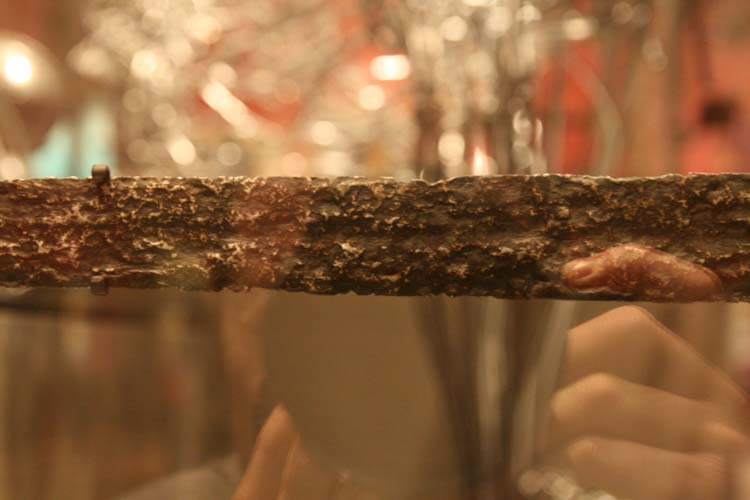
 Attachment: 55.76 KB Attachment: 55.76 KB
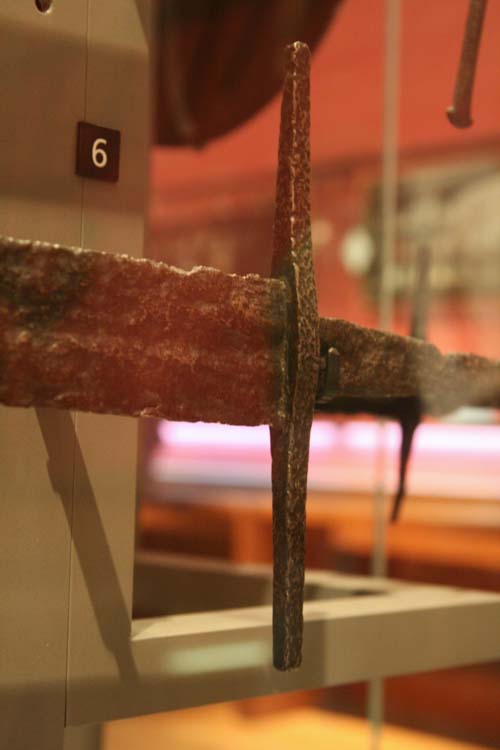
 Attachment: 54.5 KB Attachment: 54.5 KB
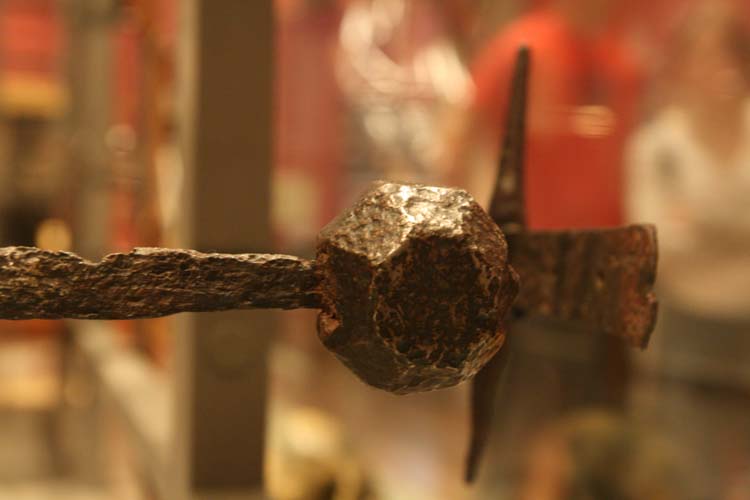
 Attachment: 45.39 KB Attachment: 45.39 KB
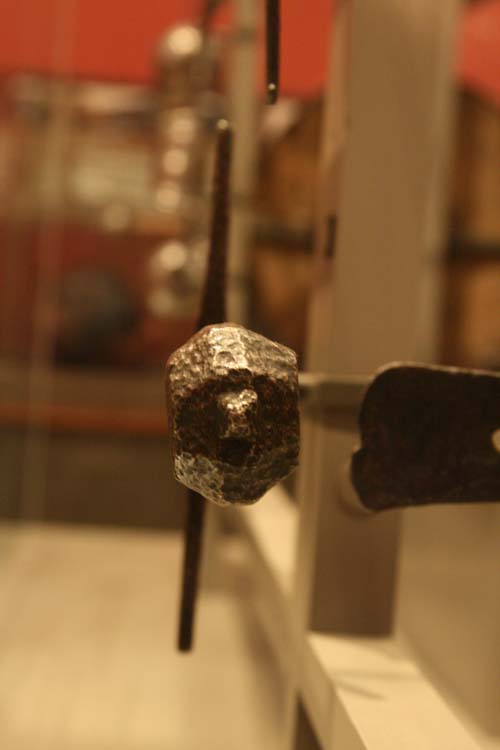
 Attachment: 79.79 KB Attachment: 79.79 KB
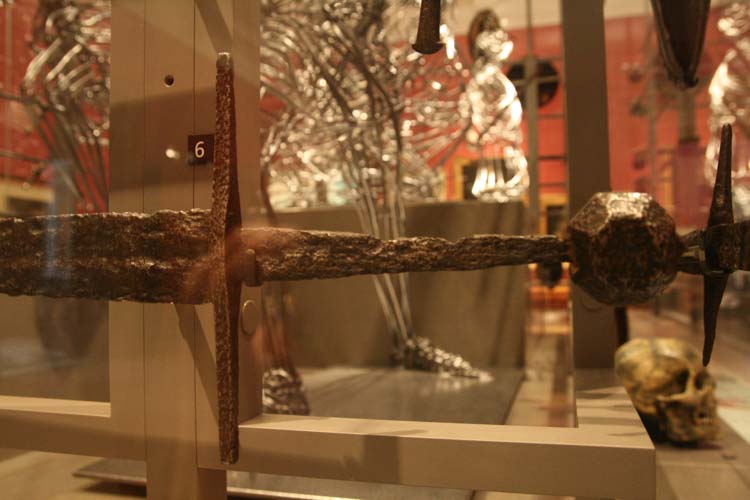
|
|
  |
 |
J.D. Crawford

|
 Posted: Thu 30 Jul, 2020 1:32 pm Post subject: Posted: Thu 30 Jul, 2020 1:32 pm Post subject: |
 |
|
|
Thanks Ryan, I took similar pics when I was in Glasgow 10 years ago but they are lost in time.
|
|
   |
 |
|
|
You cannot post new topics in this forum
You cannot reply to topics in this forum
You cannot edit your posts in this forum
You cannot delete your posts in this forum
You cannot vote in polls in this forum
You cannot attach files in this forum
You can download files in this forum
|
All contents © Copyright 2003-2025 myArmoury.com — All rights reserved
Discussion forums powered by phpBB © The phpBB Group
Switch to the Basic Low-bandwidth Version of the forum
|

